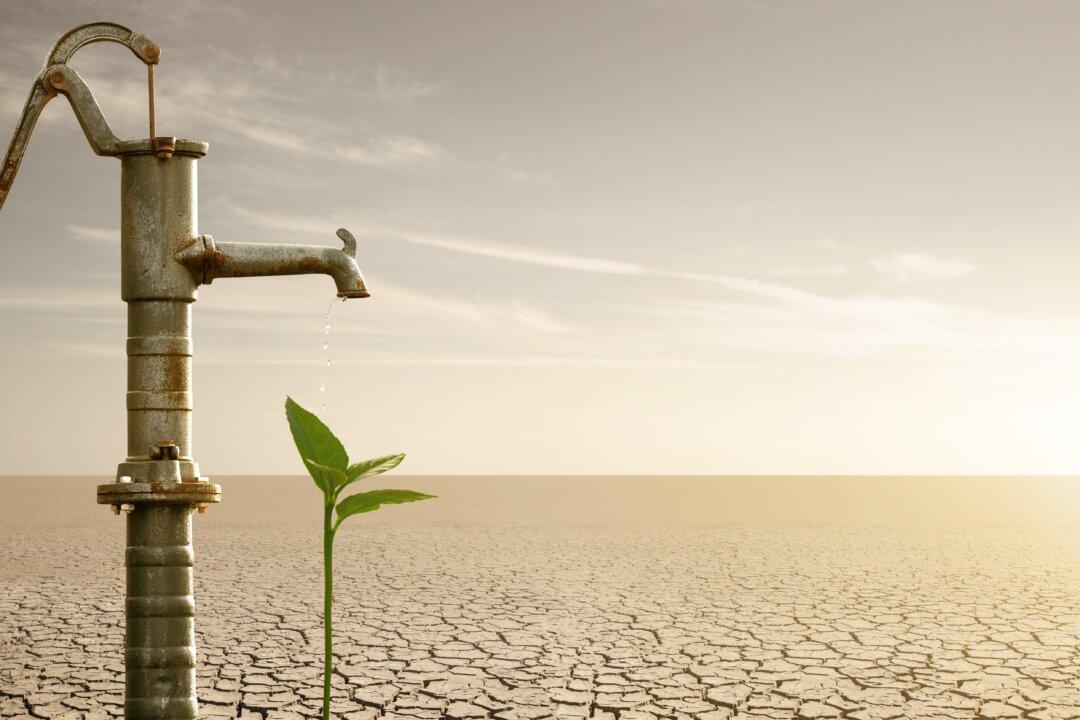Civilization has long depended on farmers to bring food to the table, but that’s not all farmers provide. Many people want farmers to grow crops like soybeans, to contribute to environmentally friendly plastics, fuels, etc. But with harsh weather conditions, high fuel prices, and increased fertilizer costs, farmers find it more difficult to deliver.
When they do deliver, the result could be higher food prices. There’s currently a drought in the Western United States that’s hurting production. How will this drought affect food prices? And how do the higher fuel and fertilizer costs factor in?






